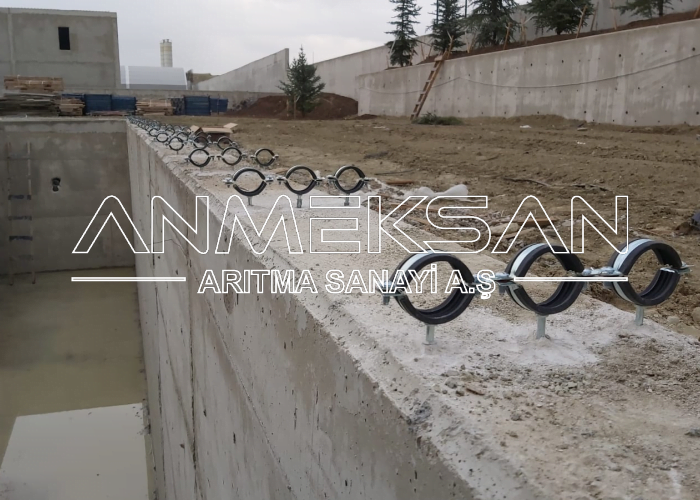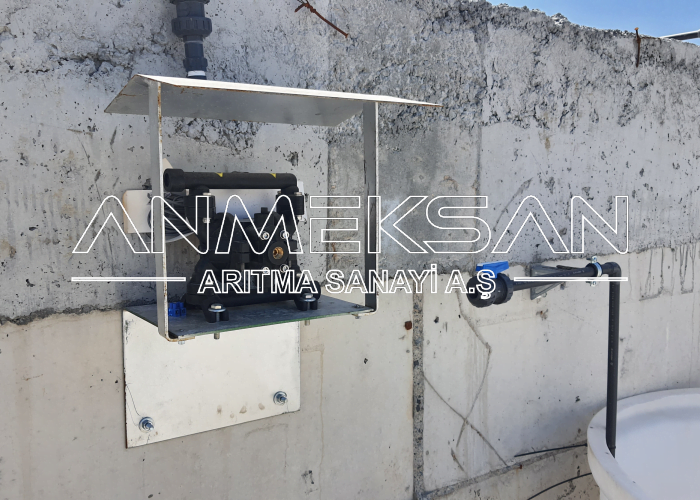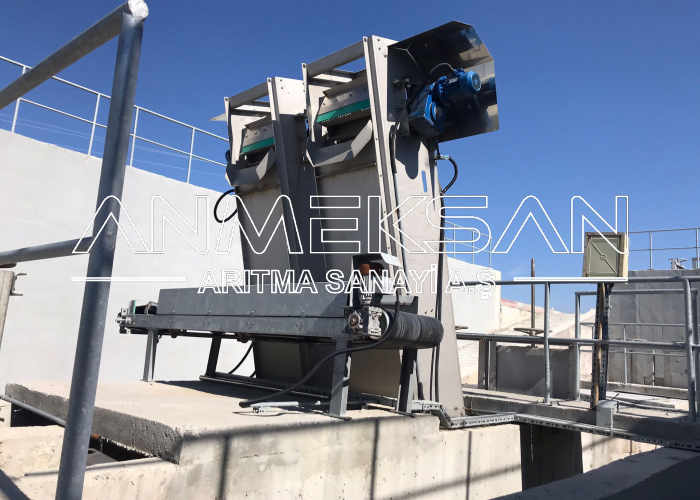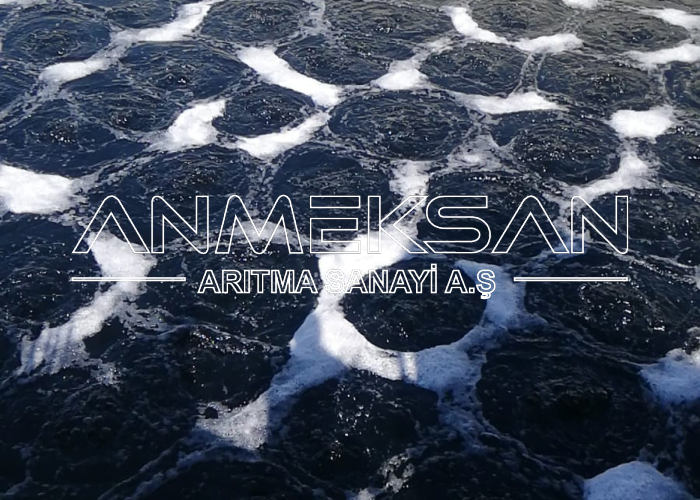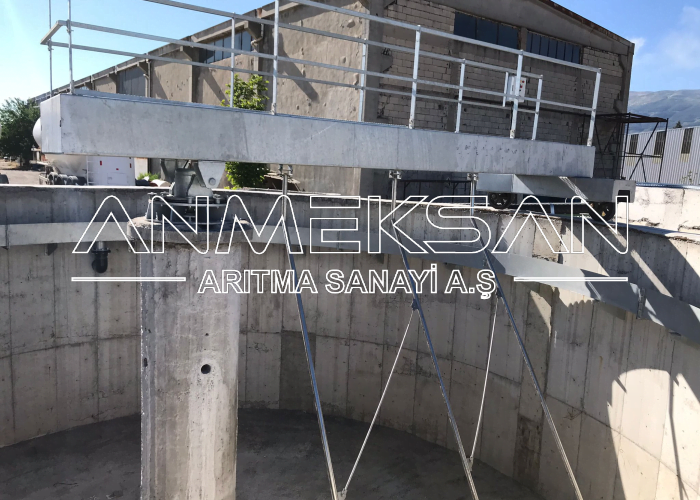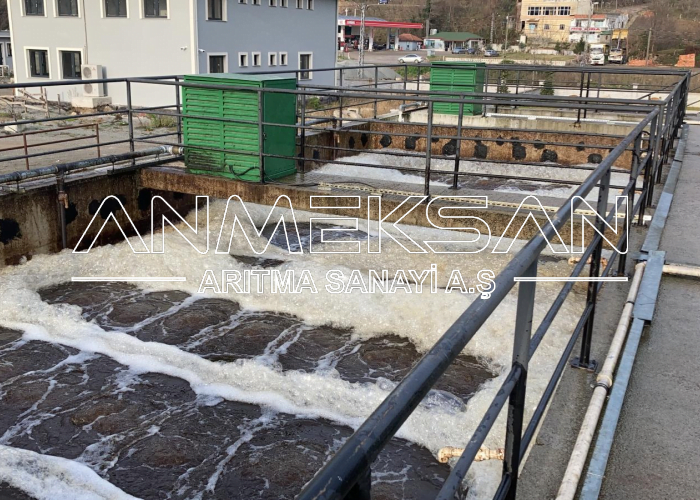Textile Industry Wastewater Treatment Plants; We design systems and facilities for the treatment and recycling of wastewater originating from processes such as bleaching, dyeing, and denim, with our staff who are experts in their processes.
Waste water from the textile industry contains high levels of pollution. The treatment or recovery of wastewater from textile factories or dyehouse facilities using the right processes is based on experience. The dye content used in the processes, the chemicals used and the temperature of the waste water are important for biological treatment and chemical treatment conditioning.
Textile Industry Wastewater Treatment Plants, studies in the field of biochemistry, the advancement of technology and the use of new materials have increased the level of purification. The textile industry has also taken its share from these developments and many different materials have been used especially in dyeing, washing and finishing units. This has caused the structure of wastewater to become more complex.
Pollutants in textile industry wastewater are biological oxygen demand (BOD), chemical oxygen demand (COD), suspended solids (AKM), oil and grease, phenol, cyanide, chlorine, sulfur, sulfide, chromium, pH value and color change. As can be seen, textile wastewater contains metallic, organic and general pollutants as pollutants. Thus, the need for purification of nitrogen, phosphorus and toxic organic substances, insoluble organic substances, heavy metals and dissolved inorganic solids in wastewater has emerged.
It is collected in the wastewater collection pool (balancing) after passing through the coarse screen and automatically cleaned fine screen, from there it is taken to the neutralization pool by the pump. Wastewater with pH adjustment in this pool is taken to the aeration pool. Here, a biological environment is created in the waste water to which chemical nutrients are added. In this pool, microorganisms develop in the waste water aerated with the help of 4 surface aerators or blowers and activated sludge is formed by using the given oxygen. This activated sludge-water mixture is taken to the clarification pool. Waste water whose sludge precipitates to the bottom is taken from the weirs in the upper part and discharged.
Textile Wastewater Sludge Disposal
Some of the sludge accumulated on the pool floor is sent to the aeration tank for use, and the remaining excess sludge is sent to the sludge condensation tank. After being treated here, the sludge containing 97% water is passed through the filter press and the water in it is reduced to 75%. The sludge cakes taken from the filter press are first removed to the sludge drying beds and then out of the facility. The permeate water of the filter press and the top water of the sludge condensation pool are sent to the wastewater collection pool.



